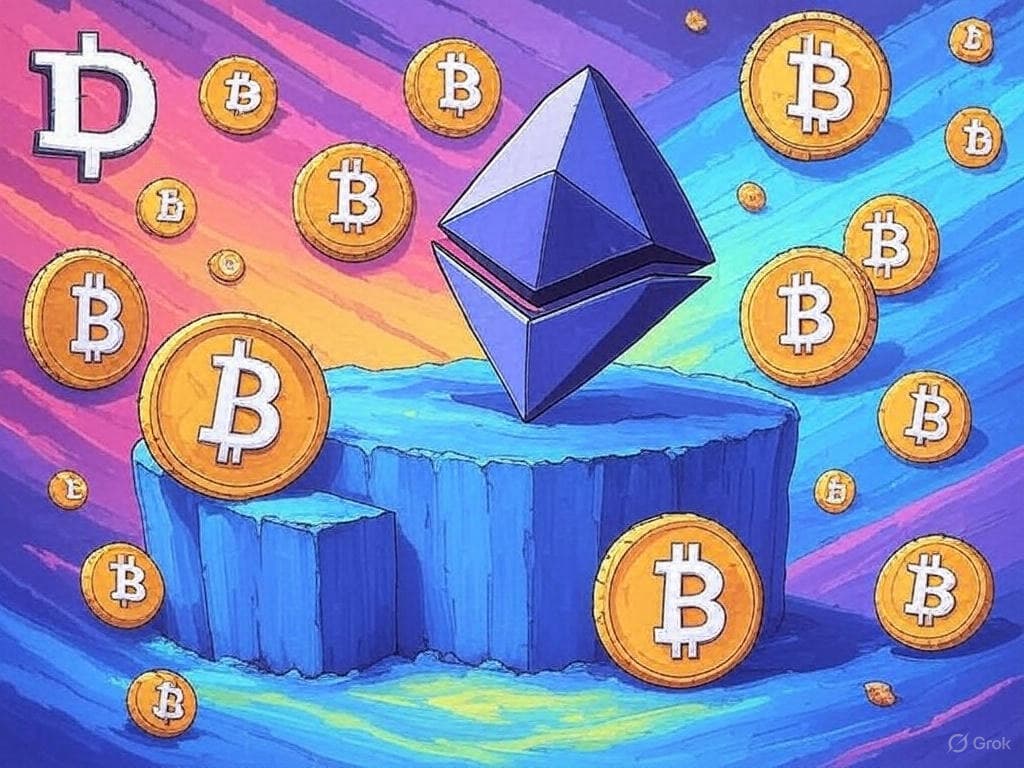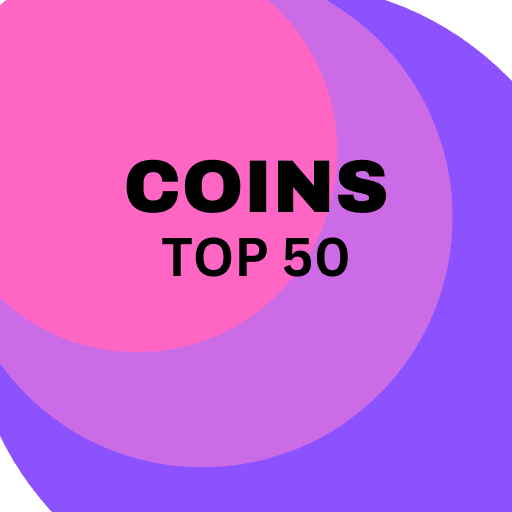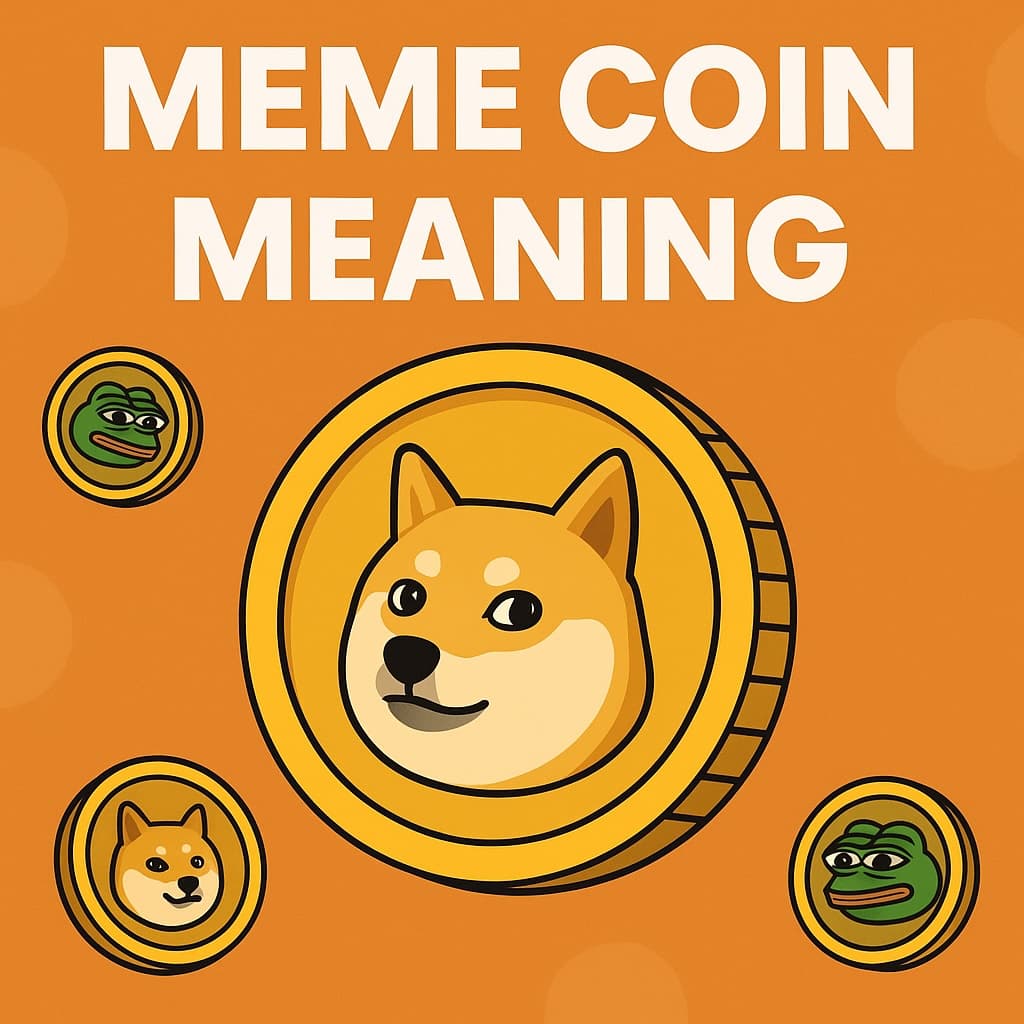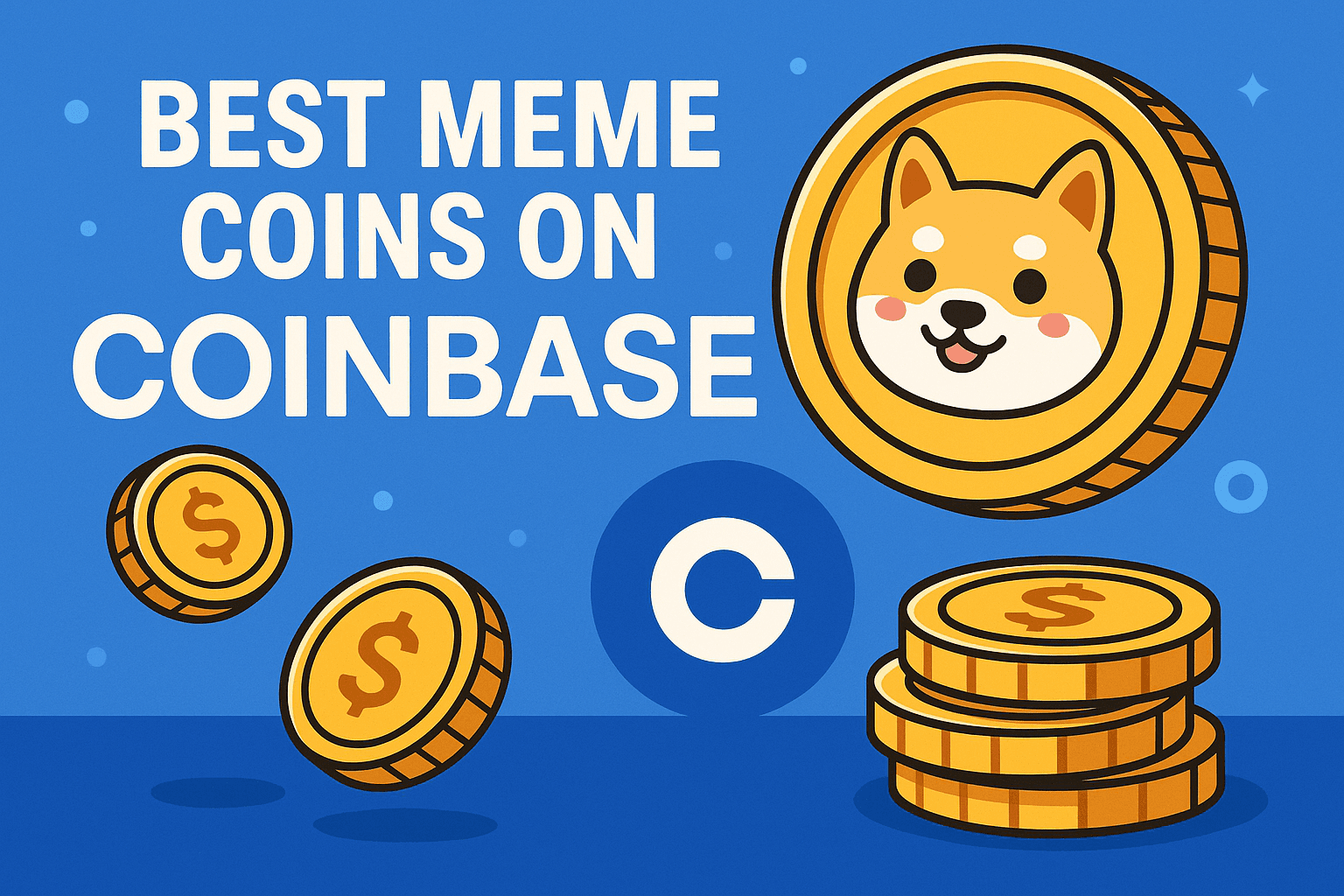
Decentralized Social Networks: Crypto’s Answer to Big Tech in 2025
In 2025, the internet is at a crossroads. Big Tech’s grip on social media—centralized platforms that monetize user data, censor content, and prioritize algorithms over authenticity—has sparked a rebellion. Enter decentralized social networks, powered by blockchain and Web3 technologies. These platforms are crypto’s bold answer to Big Tech’s dominance, promising a future where users own their data, control their narratives, and even earn from their contributions. But can they truly disrupt the status quo? Let’s dive deep into why decentralized social networks are gaining traction, how they work, and why they matter in today’s digital landscape.
The Problem with Big Tech’s Social Media Monopoly
Big Tech platforms like Meta, X, and TikTok have built empires on user data. Every like, share, and comment is harvested, analyzed, and sold to advertisers. In 2024, global ad revenue for social media platforms topped $200 billion, with Meta alone raking in over $130 billion. Yet, users—the ones creating the content—see none of that pie. Add to that increasing concerns over censorship, algorithmic bias, and privacy breaches (remember the 2023 X data leak affecting 250 million users?), and it’s clear why people are fed up.
Centralized platforms also gatekeep access. Content creators face shadowbans, demonetization, or outright account suspensions based on opaque “community guidelines.” Small businesses and influencers struggle to reach audiences without paying for ads. It’s a rigged game, and users are starting to demand a fairer deal.
My take? Big Tech’s model is a digital feudal system—users are serfs, toiling for scraps while platform overlords reap the rewards. Decentralized social networks are the revolt we’ve been waiting for, and crypto is the weapon.
What Are Decentralized Social Networks?
Decentralized social networks run on blockchain technology, meaning no single entity controls the platform. Instead, data is stored across a distributed network of nodes, ensuring transparency, security, and censorship resistance. These platforms leverage Web3 principles to give users ownership of their digital identities, content, and earnings.
Here’s how they differ from traditional platforms:
- Data Ownership: Users control their data via cryptographic keys. No more platforms selling your info to the highest bidder.
- Token Incentives: Many platforms reward users with cryptocurrency for creating content, engaging, or curating. Think X, but you get paid for your viral posts.
- Censorship Resistance: Content lives on the blockchain, making it nearly impossible to delete or manipulate without consensus.
- Interoperability: Web3 identities (like Ethereum wallets) let you carry your reputation and followers across platforms.
Popular decentralized social networks in 2025 include Lens Protocol, Farcaster, and Bluesky (which has pivoted to a hybrid Web3 model). Each uses crypto to align incentives between users, creators, and developers.
Why Decentralized Social Networks Are Crypto’s Big Bet in 2025
Crypto isn’t just about trading Bitcoin or dodging taxes—it’s about reimagining systems. Decentralized social networks are a prime example of how blockchain solves real-world problems. Here’s why they’re poised to shake things up:
1. Empowering Creators with True Ownership
On centralized platforms, creators are at the mercy of algorithms and ad revenue splits. Decentralized networks flip this. Platforms like Lens Protocol let creators tokenize their content as NFTs, giving them direct control over monetization. Fans can buy, trade, or stake these tokens, creating a micro-economy around their favorite influencers.
This ties into the rise of crypto influencers in 2025, who are leveraging Web3 platforms to build loyal communities without Big Tech’s interference. Imagine an influencer selling exclusive content as NFTs or rewarding followers with governance tokens for their platform’s DAO. It’s not just engagement—it’s a financial ecosystem.
2. Financial Inclusion and Rewards
Crypto’s real-world utility shines here. Decentralized platforms often integrate payment systems, letting users earn tokens for posts, comments, or moderation. These tokens can be swapped for stablecoins to pay bills or donated to crypto charity platforms. In 2025, with over 1.5 billion unbanked people globally, these networks offer a lifeline to participate in the digital economy.
Reach our audience of developers and tech enthusiasts with your product or service.
Controversial opinion: Centralized platforms will never pay users fairly because their business model depends on exploitation. Crypto’s tokenomics, while imperfect, at least aligns incentives so everyone gets a slice.
3. A New Job Market
Building and maintaining decentralized networks requires talent—developers, community managers, and governance experts. This has fueled the growth of crypto job boards for Web3 roles in 2025. From coding smart contracts to moderating DAOs, these platforms are creating high-paying, remote-friendly jobs that challenge Big Tech’s hiring dominance.
4. Resistance to Censorship
In an era of increasing online censorship—X’s 2024 content moderation scandals come to mind—decentralized networks offer a haven. Blockchain’s immutability means no single authority can delete your posts or silence your voice. This is especially critical for activists, journalists, and marginalized communities who face suppression on centralized platforms.
Unique POV: Decentralized social networks aren’t just about free speech; they’re about economic free speech. By tying content to tokens, they ensure your voice has value, not just volume.
Challenges and Roadblocks
Let’s not sugarcoat it—decentralized social networks face hurdles:
- User Experience: Web3 platforms often require crypto wallets and tech know-how, alienating mainstream users. Lens Protocol’s onboarding, for example, still feels clunky compared to X’s one-tap signup.
- Scalability: Blockchain networks like Ethereum struggle with high transaction fees and slow speeds, though layer-2 solutions like Optimism are closing the gap.
- Moderation: Without centralized control, toxic content can thrive. Some platforms use community-driven DAOs for moderation, but it’s a work in progress.
- Adoption: Big Tech’s network effects are hard to break. Why leave X’s 600 million users for a niche Web3 app?
Despite these, the momentum is undeniable. In 2024, Lens Protocol hit 10 million monthly active users, and Farcaster’s token airdrop attracted 500,000 new signups. The evolution of Web3 is smoothing out these kinks, and 2025 could be the tipping point.
How to Get Started with Decentralized Social Networks
Ready to ditch Big Tech? Here’s a quick guide:
- Set Up a Crypto Wallet: MetaMask or Coinbase Wallet are beginner-friendly. This is your Web3 identity.
- Join a Platform: Try Lens Protocol (great for creators), Farcaster (Twitter-like vibes), or Mastodon (decentralized but not fully crypto-based).
- Engage and Earn: Post content, interact, and earn tokens. Some platforms let you stake tokens for governance rights.
- Explore Jobs: Check Web3 job boards for roles in these ecosystems.
- Give Back: Use your earnings on crypto charity platforms to support causes you care about.
The Future Is Decentralized
By 2025, decentralized social networks could redefine how we connect, create, and earn online. They’re not perfect, but they’re a damn sight better than Big Tech’s walled gardens. Crypto’s role here isn’t just technological—it’s philosophical. It’s about giving power back to users, rewarding creativity, and building a digital world that’s transparent and fair.
Bold prediction: By 2030, centralized platforms will either adopt Web3 features or lose half their user base to decentralized rivals. The revolution is already here—join it.
What’s your take? Are you ready to jump into decentralized social networks, or is Big Tech still too convenient?
External Links for Further Reading:


